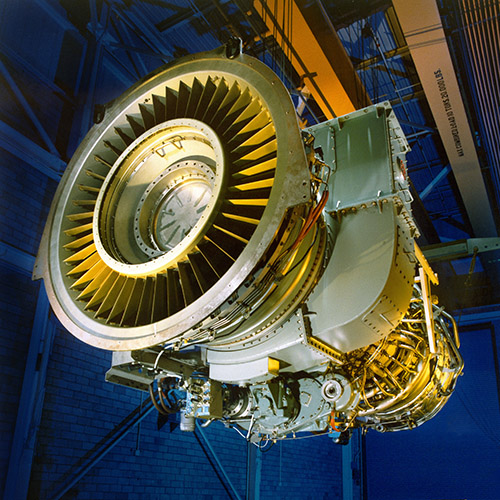NYPA has announced the results of a first-of-its-kind green hydrogen demonstration project. NYPA and GE jointly conducted a hydrogen blending test at NYPA’s Brentwood Power Station in Long Island. The effort aligned with NYPA’s strategic VISION2030, but primarily studied the parallels of efficiency and sustainability under these conditions.
GE assisted in building a state-of-the art hydrogen/natural gas blending system for the demonstration. And, with the site using an LM6000, GE was enthusiastic to contribute decades of innovation in using H2 and low-BTU fuels. In further collaboration with EPRI, and Airgas (an Air Liquide company), it was one of the first retrofits of a U.S. natural gas powered plant that saw green hydrogen blended with natural gas to generate electricity—to specifically look at impacts to operability and emissions.
At 45 MW, the Brentwood plant consists of a GE LM6000 aeroderivative gas turbine, equipped with single annular combustion (SAC) technology which uses water injection and a SCR for NOx control. While NYPA and many power companies use hydrogen for cooling, firing blends of 5% – 44% (by volume) green hydrogen and natural gas helped identify and document the impacts on the LM6000’s outlet emissions (specifically CO2, NOx, CO). Ultimately, the demonstration saw that carbon emissions decreased as the fraction of hydrogen in the fuel increased.
But what do these results mean for the modern power industry? With minor modification, an LM6000 could operate on blends of H2 and natural gas for some 20% CO2 emission reduction. Hydrogen cofiring could allow turbines to operate across a wider load range with fewer CO oxidation catalysts—lowering CapEx, OpEx, and allowing cleaner energy to be produced at lower costs.


